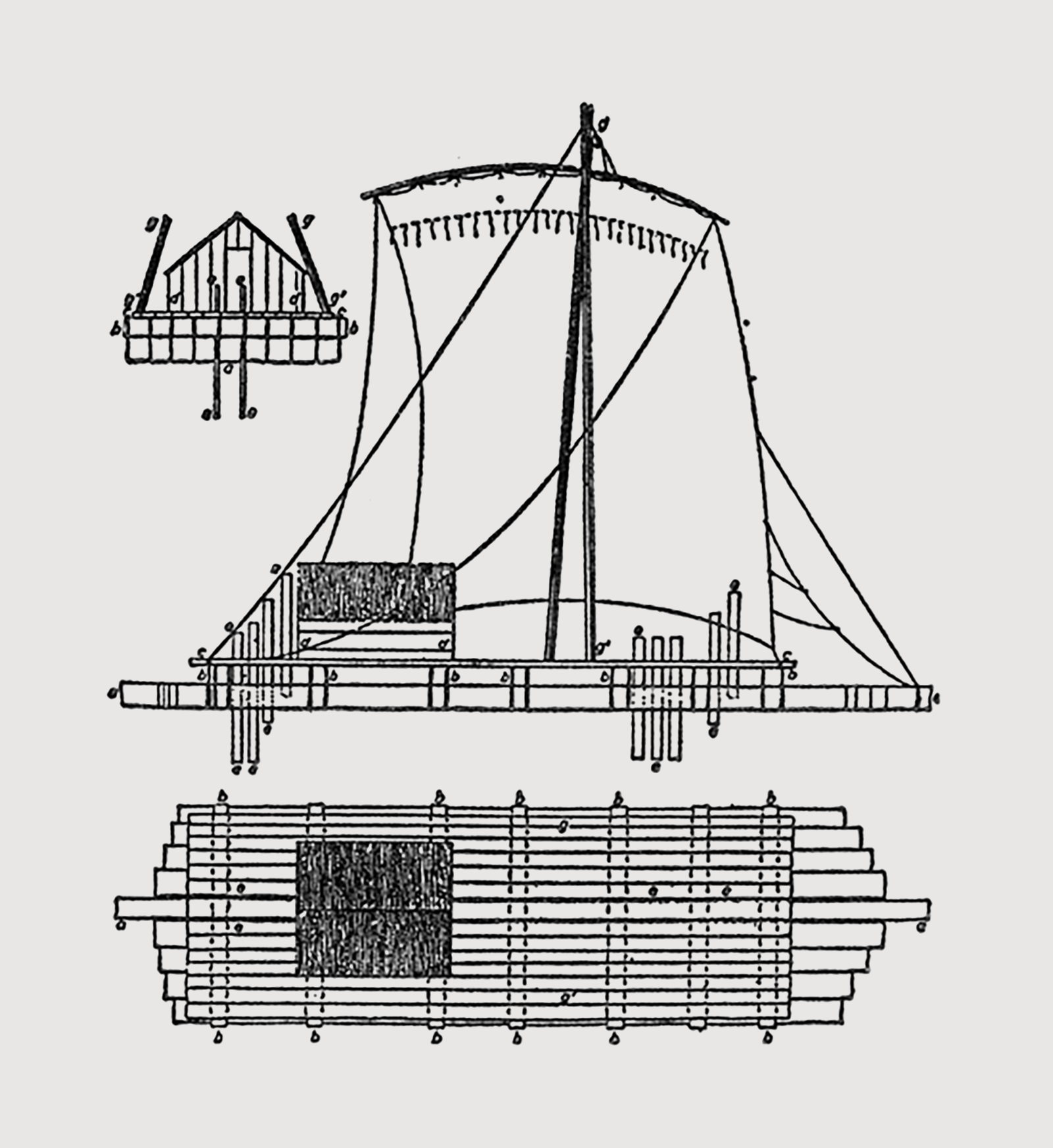Skip to comments.
Dental plaque reveals key plant in prehistoric Easter Island diet
University of Otago ^
| Tuesday, 16 December 2014
| Ms Monica Tromp
Posted on 12/19/2014 11:22:29 PM PST by SunkenCiv
Known to its Polynesian inhabitants as Rapa Nui, Easter Island is thought to have been colonised around the 13th Century and is famed for its mysterious large stone statues or moai.
Otago Anatomy PhD student Monica Tromp and Idaho State University’s Dr John Dudgeon have just published new research clearing up their previous puzzling finding that suggested palm may have been a staple plant food for Rapa Nui’s population over several centuries.
However, no other line of archaeological or ethnohistoric evidence supports palm having a dietary role on Easter Island; in fact evidence points to the palm becoming extinct soon after colonization.
Nevertheless, the researchers had found that the vast majority of phytoliths (plant microfossils) embedded within the calculus were from palm trees.
The teeth were from burials excavated in the early 1980s from multiple coastal archaeological sites around the island.
To clear up the mystery, the pair undertook further analysis, newly published in the Journal of Archaeological Science. This included identifying starch grains in the dental calculus removed from 30 teeth.
After removing and decalcifying the plaque from each tooth, Ms Tromp and Dr Dudgeon identified starch grains that were consistent with modern sweet potato. None of the recovered grains showed any similarities to banana, taro or yam, other starchy plants that are hypothesised to be part of the diet.
The researchers went on to test modern sweet potato skins grown in sediment similar to that of Rapa Nui’s and found that as tubers grow, their skins seem to incorporate palm phytoliths from the soil.
(Excerpt) Read more at otago.ac.nz ...
TOPICS: History; Science; Travel
KEYWORDS: ancientautopsies; ancientnavigation; banana; dentalplaque; dietandcuisine; easterisland; godsgravesglyphs; maoi; navigation; phytoliths; polynesia; polynesian; polynesians; rapanui; sweetpotato; taro; thorheyerdahl; yam
Navigation: use the links below to view more comments.
first previous 1-20, 21-28 last
To: tumblindice
21
posted on
12/20/2014 6:26:31 AM PST
by
Rodamala
To: Fred Nerks
22
posted on
12/20/2014 9:08:37 AM PST
by
blam
(Jeff Sessions For President)
To: blam

Native Balsa Raft Sketch by F.E. Paris (1841) showing construction of a native balsa raft from the north-west coast of South America. The maximum length of raft is 80-90 feet, maximum width of a raft is 25-30 feet with a freight capacity of 20-25 tons.
BRADSHAW FOUNDATION
Aboriginal navigation in Peru and adjoining sections of north-western South America is a subject that is little known and still less understood by modern boat builders and anthropologist. The apparent reason is that the Peruvian Indian boat building was based on principles entirely different from those of our ancestry. To the European mind the only seaworthy vessel is one made buoyant by a watertight, air-filled hull, so big and high that it cannot be filled by the waves.
To the ancient Peruvians the only seaworthy craft was one which could never be filled by water because it's open construction formed no receptacle to retain the invading seas, which washed through. They achieved this by building exceedingly buoyant rafts of Balsa wood...
23
posted on
12/21/2014 3:13:36 AM PST
by
Fred Nerks
(Fair Dinkum!)
To: SunkenCiv
" ... in fact evidence points to the palm becoming extinct soon after colonization." Does that mean we can eliminate the theory that log rollers were used to move the moai into position?
24
posted on
12/21/2014 3:39:44 AM PST
by
Flag_This
(You can't spell "treason" without the "O".)
To: Flag_This
There’s a “rocking” theory for that that was very convincing.
25
posted on
12/21/2014 3:50:52 AM PST
by
piasa
(Attitude adjustments offered here free of charge)
To: piasa
"There’s a “rocking” theory for that that was very convincing." I saw a program where a research team managed to make a scaled-down version of a moai "walk." You're right, it is a pretty convincing theory.
26
posted on
12/21/2014 3:59:22 AM PST
by
Flag_This
(You can't spell "treason" without the "O".)
To: Flag_This
The E Islanders moved those sculptures during the night, singing, In the midnight hour, moai, moai, moai.
Seriously, Thor Heyerdahl’s “Aku Aku” is worth reading. The nimmies who badmouth him clearly haven’t read it, or don’t remember it very well, because they never have any coherent criticism of it.
27
posted on
12/21/2014 5:53:20 AM PST
by
SunkenCiv
(https://secure.freerepublic.com/donate/ _____________________ Celebrate the Polls, Ignore the Trolls)
To: SunkenCiv
"Thor Heyerdahl’s “Aku Aku” is worth reading." Thanks for the suggestion. I read "Kon Tiki" a few years ago and thought it was a very good book.
28
posted on
12/21/2014 6:05:21 AM PST
by
Flag_This
(You can't spell "treason" without the "O".)
Navigation: use the links below to view more comments.
first previous 1-20, 21-28 last
Disclaimer:
Opinions posted on Free Republic are those of the individual
posters and do not necessarily represent the opinion of Free Republic or its
management. All materials posted herein are protected by copyright law and the
exemption for fair use of copyrighted works.
FreeRepublic.com is powered by software copyright 2000-2008 John Robinson
